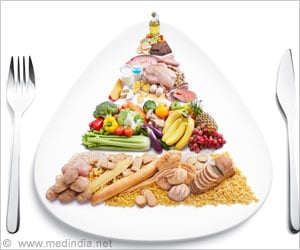Researchers from Virginia Tech compared school lunches with packed lunches and found that school lunches have greater nutritional quality.

"Ours is the first study comparing packed lunches to NSLP lunches over a five-day period among pre-K and kindergarten students following the implementation of new nutrition standards," said lead author Alisha R. Farris, MS, RD. "We found that both packed and school lunches almost entirely met nutrition standards, except school lunches were below energy and iron recommendations, whereas packed lunches exceeded fat and saturated fat recommendations."
To assess lunches, the researchers observed three rural Virginia elementary schools. An observational checklist was used to record all food and drinks served as part of the NSLP or brought from home. Each researcher was assigned a specific grouping of students to observe for a lunch period, approximately 10 students per researcher. Undergraduate and graduate nutrition students were recruited and trained as observers.
Using descriptive statistics researchers described the nutritional quality of the lunches. A total of 1,314 lunches were observed, with 42.8% packed and 57.2% provided by the schools. Energy, carbohydrates, fat, saturated fat, sugar, vitamin C, and iron were significantly higher for packed lunches compared to school lunches, whereas protein, sodium, fiber, vitamin A and calcium were significantly lower for packed lunches compared to school lunches.
Some of the discrepancies may be explained by the NSLP providing increased exposure to fruits and vegetables compared to packed lunches or higher solid fats and added sugars in packed lunches because of a higher prevalence of dessert items, savory snack items, and sugar-sweetened beverages. However, sodium content was higher in school lunches than packed lunches despite packed lunches providing many processed foods in the form of pre-packaged ready-to-eat items.
The study was limited by not measuring actual consumption of food items and not conducting student-level analyses. Still, the findings suggest that nutrition education programs targeting children, parents, and perhaps even school policy around packed lunches should be encouraged to promote healthier options within packed lunches.
Advertisement
Advertisement










